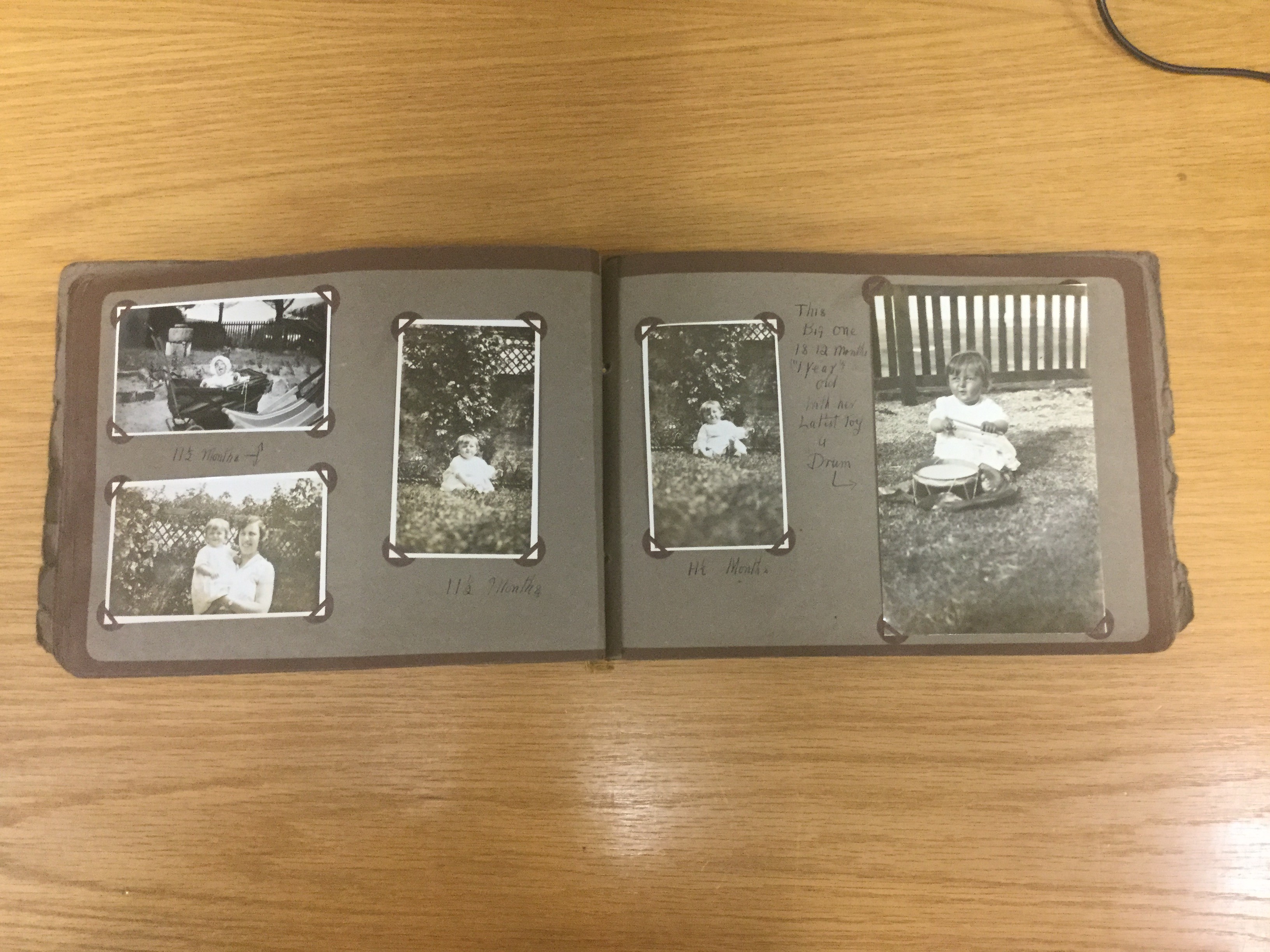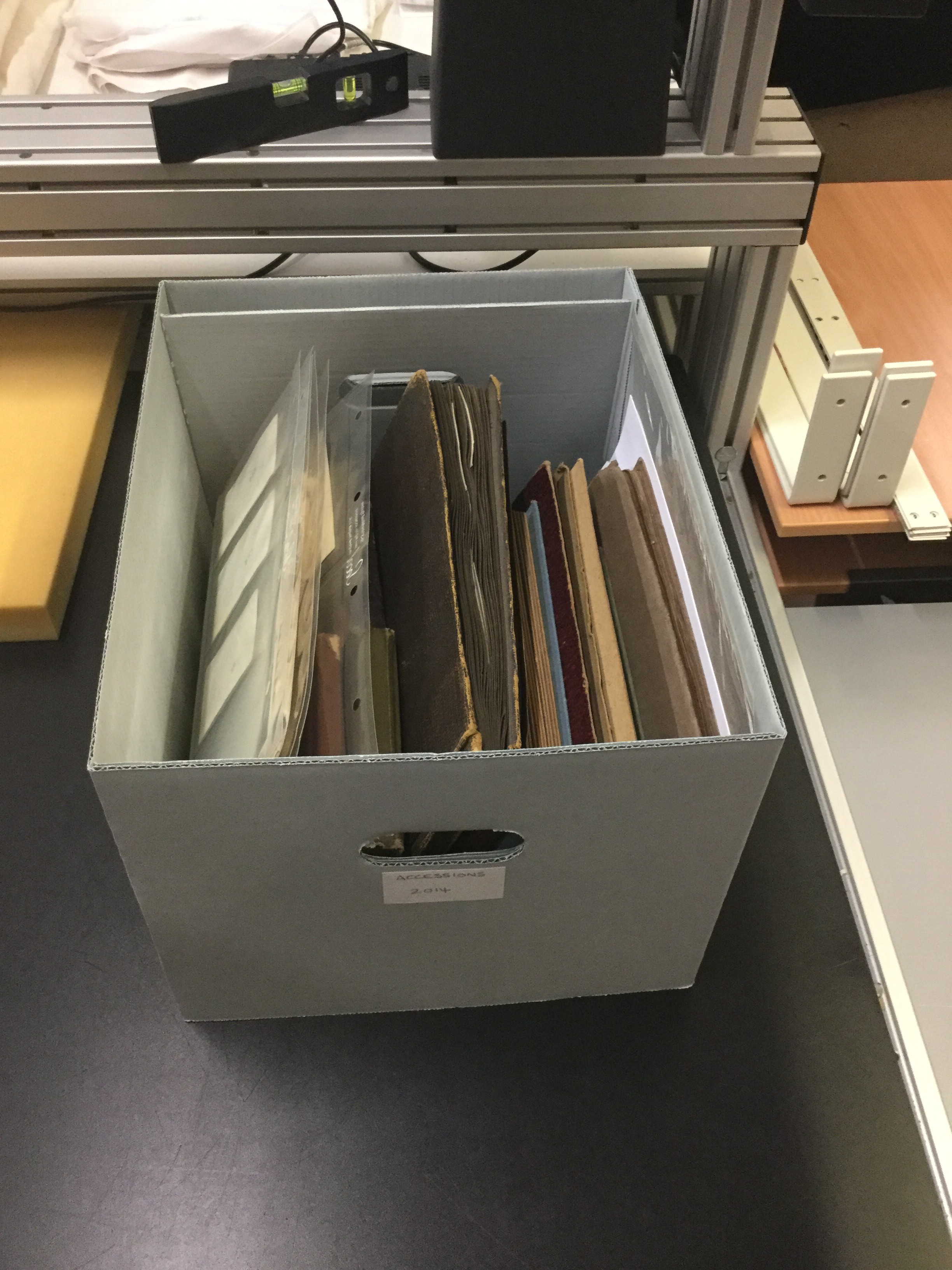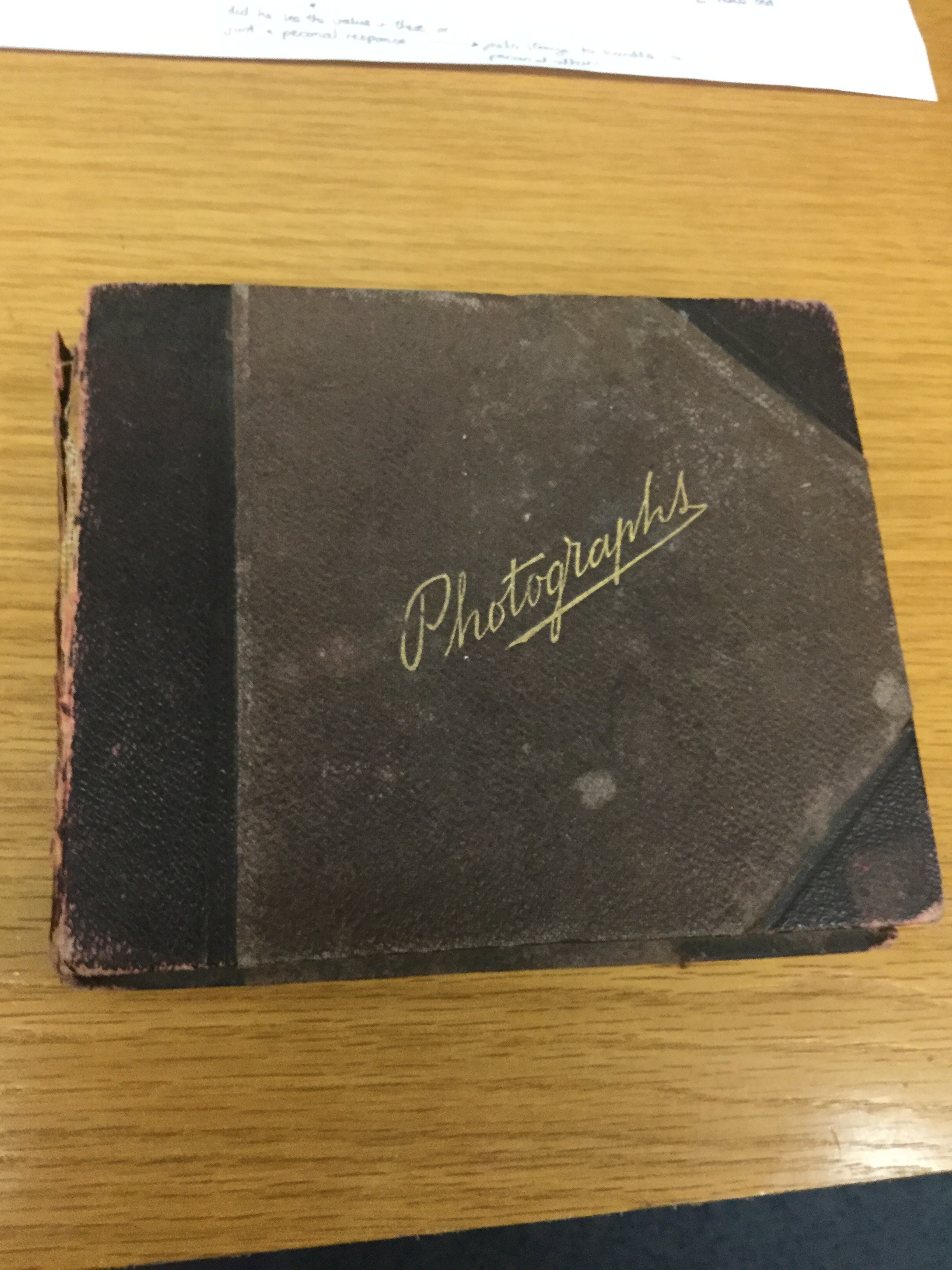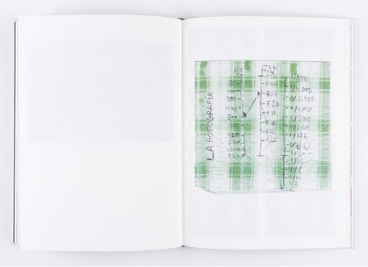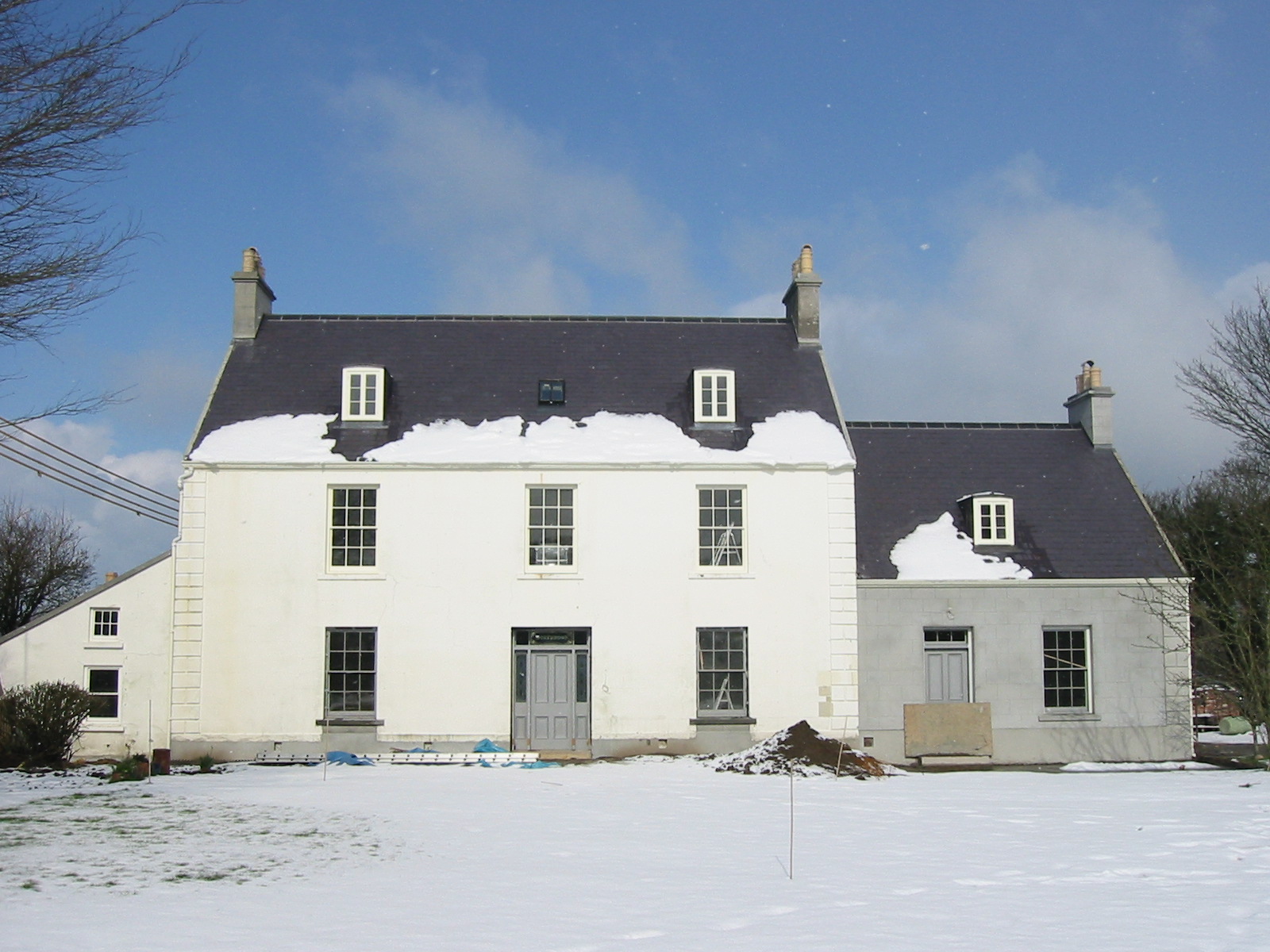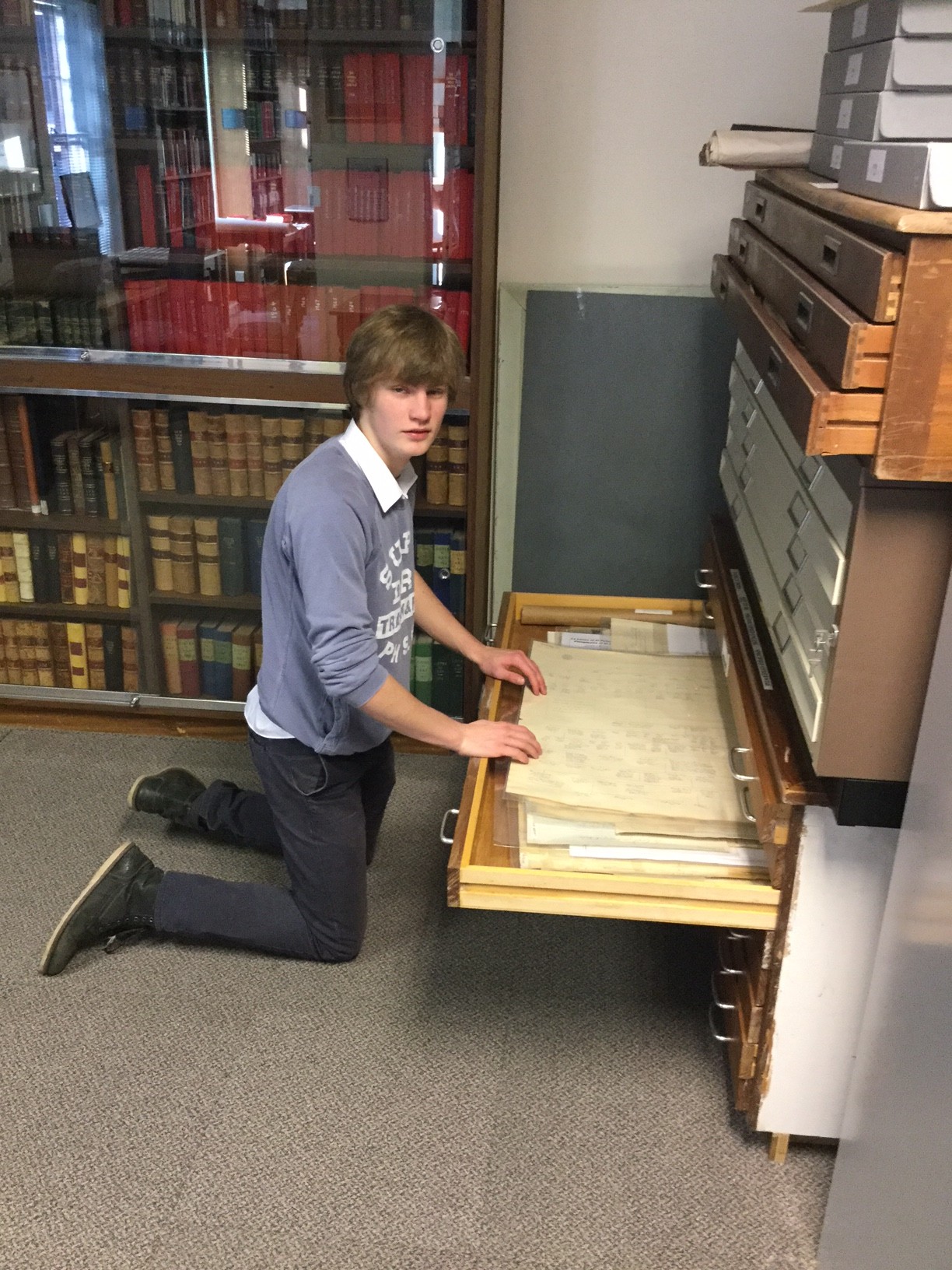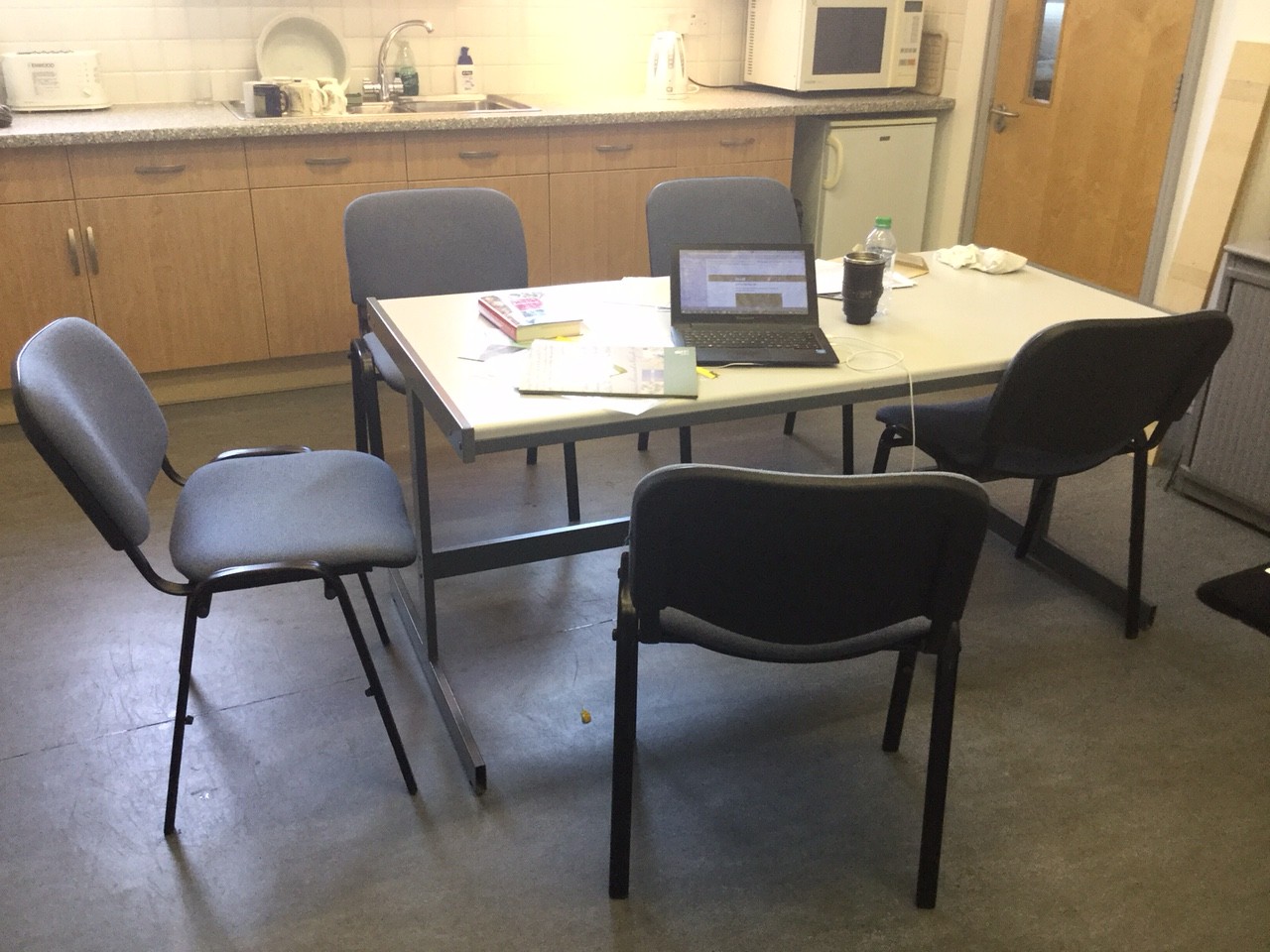Objective
This week I have begun the process of writing my essay. This meant that Gareth was able to see the work I have done and make suggestions for me to improve, as well as give me ideas in which to take my project.
I began this session by talking to Gareth about where I want to take my project and what I am trying to learn. I therefore mentioned how I want it to be a personal journey in which I try to document my Grandfather, through the photographic style of Julian Germain in ‘For , but in style similar to that of how Yury Toropstov has gone about his work in ‘Deleted Scene’. I then showed Gareth the work I have done so far on my essay, through which he marked and gave me some feedback on. I found this feedback to be useful and it gave me some good ideas about how to write my last paragraph of the essay, which I am struggling for ideas on.
What interested Gareth in particular was the concept that I was creating a narrative based around a person who is not alive and who I therefore cannot photograph. Gareth defined this concept as an ‘interpretation’ – photographing things related to the subject but not the subject directly.
Gareth came up with an idea: we went down to the archive room where we collected a series of photo scrap-books made by photographer George Adolphus Thomas (born 1900) – 10 in total over the course of 30 years. Many of these photographs included and were focused around Thomas’ young daughter: Pamela Georgina Thomas (born 1929). Pamela was photographed constantly and fanatically by her father, which has resulted in a extensive body of work documenting and recording her upbringing
My challenge was to look at these photographs, make a few notes, and draw a series of conclusions based on findings – as well as attempt to put these photographs in chronological order. In particular, Gareth wanted me to consider the idea that because Pamela was photographed an extensive amount; in different places, points of times and context, that a clear narrative of her can therefore be told through the images. In contrast, Gareth got be to consider the contrast this has with my own project, as I am attempting to create a story about someone who is no longer alive.
Response
The task was relativity easy to complete, I had to look in all the books and then date them in chronological order. I more or less completed this task however it was at times hard to decide which ones to put in order because of the timeline of the album sometimes overlapped. It was interesting to see to variety of images which had been taken, over such a long period of time.
Whilst I was doing this task I became more interested in the actual book, in particular the hand-made, scrapbook appearance to them. There was something that really appealed to me about this presentation, it was simple but personal. The photos were arranged in this scrap-book manner and Thomas included little personal notes, presumably for this own benefit of remembering when pictures were taken and what happened. I found doing so gave the book a very unique feel to it, it could never be re-produced as the photographer had put their own stamp on it. There was something almost satirical about some of the notes, it added comical elements to the narrative, in many ways glimpse of the photographer’s personality embedding itself into the narrative.The way Thomas had arranged the photographs was quite simple; he simply made little cut outs and placed the developed images in the individual pockets – sometimes one large photo taking up an entire page and sometimes up to 6 photos on a page. This order was random and spontaneous.
The concept of the book was very clever. Thomas had carefully arranged the photos in a roughly chronological order. The choice of images were definitely not random because the photos all displayed a certain narrative by which different images linked to the next. Thomas did not simply just photograph his daughter; he did it in a considered manner, resulting in a variety of images of her in different situations.
At the end of session I had a talk with Gareth about what I had learned. I spoke about how it inspired my personal study – mentioned in the next section – and my thoughts of the books in general. We got onto the discussion of how image presentation very much affects how the viewer interprets and meanings behind photographs. We also spoke about the contrasts between my own work and that of George Thomas. We distinguished the concept that although me and this photographer have based our work of the same concept, to paint a visual picture of a particular subject, we are however doing so in very different manners; Thomas used the subject directly to tell a story, whereas I am painting a story of a subject who is not around to be photographed. Therefore we determined that my photo-book could be a response to Thomas’ work, however done in a different way.
“Your work could be edition four?” – Gareth Syvret
How has this session helped my Personal Study?
Doing this task gave me a an idea for my own Personal Study; to make a handmade photo-book made of a simple scrap-book I will buy. I will then create a narrative by printing the photos off of sticking them into the book.
This session has therefore in my view, been very useful because it has given a clearer idea about how to present my photo-book. It has also given me a better idea about how to go about the last paragraph, due to both to the useful essay feedback Gareth has given me as well as the extra context I have gain about the photographer, George Thomas, whom is another inspiration I can link to my own writing and to the basis of my project in general.
All of three sessions I have done so far have all been useful in different ways. This week has been the most useful in terms of providing me with creative ideas.
My Photo-book Design Idea
The main advantage of me doing this is that I will able to include this in the book other than the actual photos, such as real documents and hand-written notes.
My main intention of doing so is to make a book which is personal and uniquely my own. Through this I mean I will make a book which only can be made once and never duplicated, because the photos will be original prints and I will include authentic documents and my own hand-written notes. Unlike making an on-line book, which can be easily re-ordered and duplicated, my book will instead be a one off design; customised and personalised to my particular desire, not limited by the restrictions of a web design. I also think it will be a fun and creative task to complete and I think it is an idea which is a bit different. I like the idea of including stuff other than photos, which means I can make more of a pop-up style book, a bit more creative than simply just photos; therefore more personal and subjective.
My essay, instead of being included on the page will be printed of separately on a piece of paper and either stapled in the book or placed in an attached envelope. I think that this will be a good idea because it will mean will essay can be read in an easier manner, as the paper can be separated from the book and therefore handled easier. I will also be a fun and creative way to play on the pop-up idea, and the font can be a type-writer font, again a response to the idea that the book is a retro design.
For extra inspiration I have looked at an old book I had from about 8 years ago. It is called ‘Eygptology’ and was a book with interactive pop-up features. This book was a history book and made use of similar archival documents that I want to use in my own book, such as letters and old photographs.
I also looked at a YouTube video of a hand-made book, made by a photographer named Greg A. Chiana, as well as a prehaps more well known handmade photo-book, made by Martin Parr entitled ‘Life’s a Beach’

